![Understanding the Benefits of Rubber Molding in Modern Manufacturing Processes]()
Understanding the Benefits of Rubber Molding in Modern Manufacturing Processes
In the fast-evolving landscape of modern manufacturing, rubber molding has emerged as a pivotal technique that enhances efficiency and product quality across various industries. According to a report by Smithers Pira, the global market for rubber products reached approximately $25 billion in 2021, with projections indicating continued growth driven by sectors such as automotive, healthcare, and consumer goods. This surge can be largely attributed to the advantages provided by rubber molding, which enables the production of complex shapes with high precision and consistency, reducing waste and optimizing resource utilization.
Rubber molding techniques, including compression, injection, and transfer molding, offer manufacturers the flexibility to create bespoke solutions tailored to specific application needs. Notably, a study by Grand View Research highlights that the injection molding segment alone is expected to grow at a compound annual growth rate (CAGR) of 5.2% from 2022 to 2030. This trend underscores the increasing reliance on rubber molding as a critical component of manufacturing strategies. By understanding and leveraging the benefits of rubber molding, manufacturers can improve product performance, enhance sustainability, and maintain a competitive edge in an increasingly demanding market.
Read more »

 By:Ethan - November 19, 2025
By:Ethan - November 19, 2025
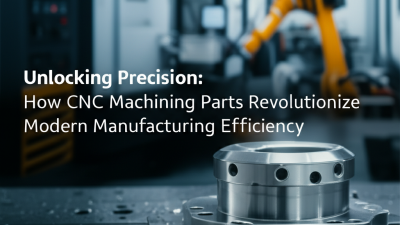
 By:Lila - November 12, 2025
By:Lila - November 12, 2025
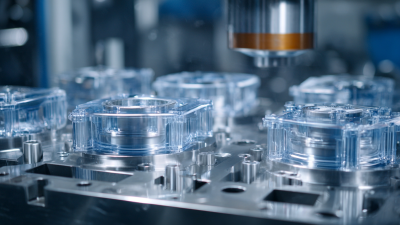
 By:Aria - November 9, 2025
By:Aria - November 9, 2025

 By:Lila - November 4, 2025
By:Lila - November 4, 2025

 By:Aria - October 25, 2025
By:Aria - October 25, 2025

 By:Ethan - October 20, 2025
By:Ethan - October 20, 2025
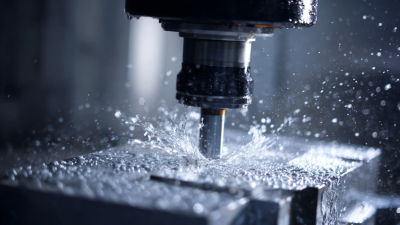
 By:Aria - October 16, 2025
By:Aria - October 16, 2025

 By:Lila - October 12, 2025
By:Lila - October 12, 2025
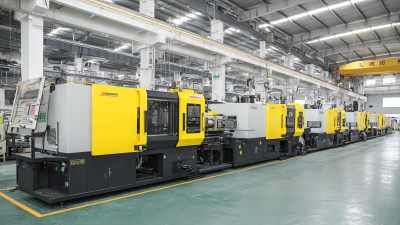
 By:Lila - October 8, 2025
By:Lila - October 8, 2025
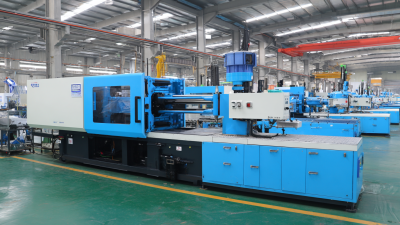
 By:Aria - October 3, 2025
By:Aria - October 3, 2025

 By:Lila - September 29, 2025
By:Lila - September 29, 2025

 By:Ethan - September 25, 2025
By:Ethan - September 25, 2025

 By:Aria - September 21, 2025
By:Aria - September 21, 2025

 By:Aria - September 16, 2025
By:Aria - September 16, 2025

 By:Aria - September 12, 2025
By:Aria - September 12, 2025